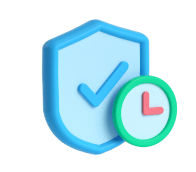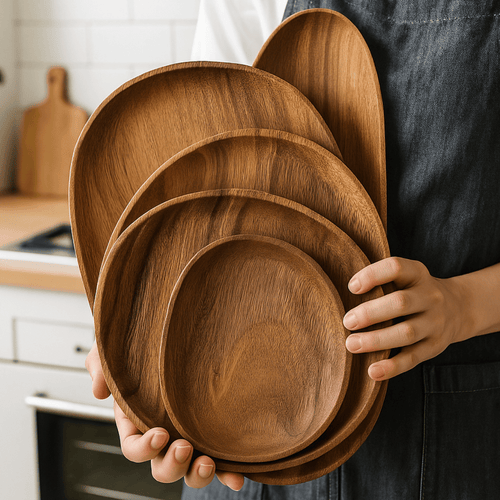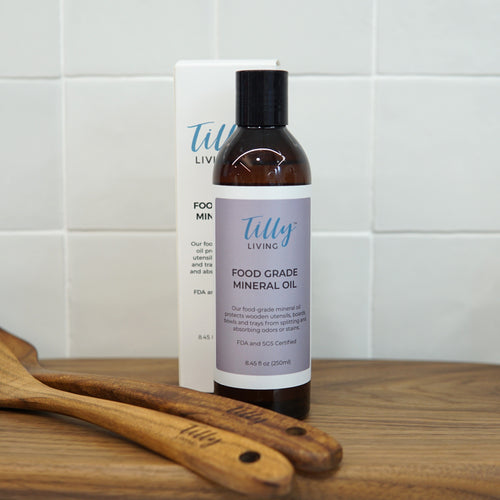Mastering the Art of Precise Ingredient Measurement
Accurate ingredient measurement is the linchpin of great cooking. As dedicated culinary enthusiasts, we understand the significance of precision in the kitchen. It is a simple, yet potent skill that can elevate your dishes from average to spectacular.
Unlocking Culinary Precision: A Game of Spoons and Cups
In our culinary journeys, we often encounter a variety of measuring spoons and cups. Their diversity in design, material, and graduation can be overwhelming. Yet, understanding these tools is crucial in achieving the accuracy that guarantees culinary success.
Why Bother with Accurate Measurement?
Flavors in a dish are a delicate balance. A slight error in measurement can result in too salty, too sweet, or too bland a dish. With precision, you ensure a consistent taste profile, mirroring the flavors that the recipe creator intended.
From Spoons to Cups: Demystifying Measurements
Our grandmothers might have been comfortable with a pinch of this and a dash of that, but in the modern kitchen, we rely on standardized measurements. The following sections delve into the details of measuring spoons and cups.
Spoonful of Accuracy: Decoding Measuring Spoons
The magic in a dish often boils down to minute quantities of herbs, spices, or flavorings, usually measured using spoons. Let's break down the common spoon measurements.
-
Tablespoon (Tbsp.) - This is the largest in the spoon set. It equals three teaspoons and is commonly used for larger quantities of ingredients.
-
Teaspoon (tsp) - This is one-third of a tablespoon and is typically used for smaller quantities.
-
Half and Quarter Teaspoons - These are smaller units of the teaspoon used for very minute amounts of ingredients.
Each spoon in a set serves a different purpose and has a distinct size. Knowing which to use when is the first step towards perfect measurements.
Cup of Precision: Understanding Measuring Cups
When dealing with larger quantities, we move from spoons to cups. Usually, they come in 1 cup, 1/2 cup, 1/3 cup, and 1/4 cup measurements. These are excellent for measuring both liquid and dry ingredients, with separate sets often recommended for each to avoid cross-contamination.
Level Up: Achieving Perfect Measurements
The route to precision doesn't stop at selecting the right spoon or cup. How you fill these tools also matters immensely. Here's our quick guide to getting it right.
Measuring Liquids
Liquid measurements can be tricky due to surface tension. To accurately measure, place the cup on a flat surface, pour the liquid until it reaches the appropriate mark, and check at eye level.
Measuring Dry Ingredients
For dry ingredients, spoon them into the measuring cup until overflowing and then level off with a straight edge. This ensures a precise quantity without packing the ingredients, which can lead to excess.
Taking Precision Further: Kitchen Scales
Beyond spoons and cups, a digital kitchen scale can help further precision. Scales are excellent for ingredients whose volume can vary, like chopped fruits or grated cheese. They ensure absolute accuracy, leveling the culinary playing field, and allowing everyone to replicate recipes with ease and confidence.
The Weigh to Go: Mastering the Kitchen Scale
Using a kitchen scale might seem intimidating at first, but it's easier than you think. Here's how to master it.
-
Turn on the Scale - Start by ensuring your scale is on a flat surface and turn it on. Most scales have an easy-to-find "on/off" button.
-
Tare the Scale - Place your bowl or plate on the scale and press the "tare" or "zero" button. This negates the weight of your container, ensuring only the ingredient is weighed.
-
Add Your Ingredient - Slowly add your ingredient until you reach the desired weight. Remember, it's easier to add more than to remove excess.
Kitchen scales can be your secret weapon in the quest for culinary excellence, giving you an edge that measuring spoons and cups can't.
Precision in Action: Practical Tips
While understanding the tools is vital, let's delve into some practical tips that will help you ace precision in your kitchen.
Know Your Ingredient Density
Not all ingredients weigh the same. A cup of flour weighs far less than a cup of sugar. Understanding ingredient density helps you adjust measurements as required, resulting in perfect recipes every time.
Don't Scoop Directly
It can be tempting to scoop ingredients directly using the measuring cup, but this can lead to inaccurate measurements due to packing. Always spoon your ingredients into the cup and level off.
Invest in Good Quality Tools
The world of measuring tools is vast and varied. From metal to plastic, simple to digital, the choices can be overwhelming. Opt for durable, easy-to-read tools that withstand the test of time and frequent use.
Conclusion
With this guide, you're now armed with everything you need to know about accurate ingredient measurement. It may seem insignificant, but it's a fundamental skill that can transform your cooking.
Remember, every great chef knows that the difference between good and outstanding isn't just the ingredients used, but also the precision with which they're measured. Embark on this journey of culinary precision, and unlock the magic of creating dishes that aren't just nutritious and delicious, but also consistent in taste and presentation. The kitchen is your canvas; let precision be your brush.











